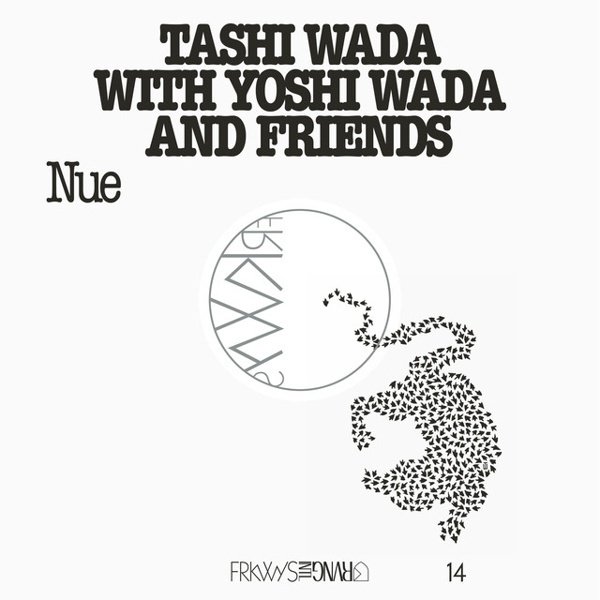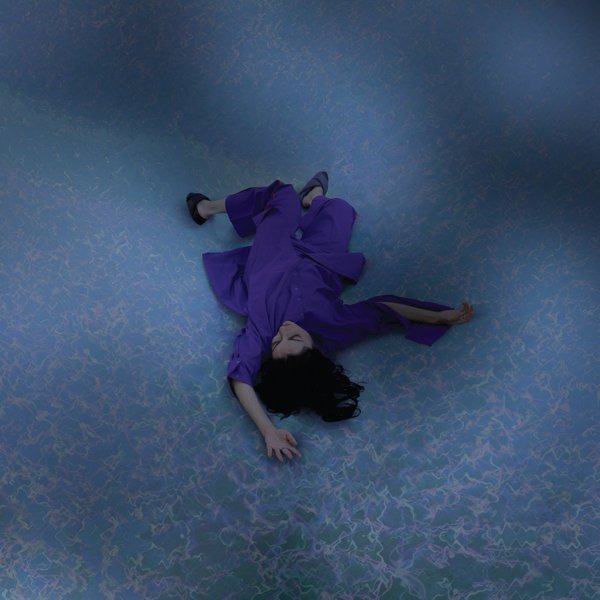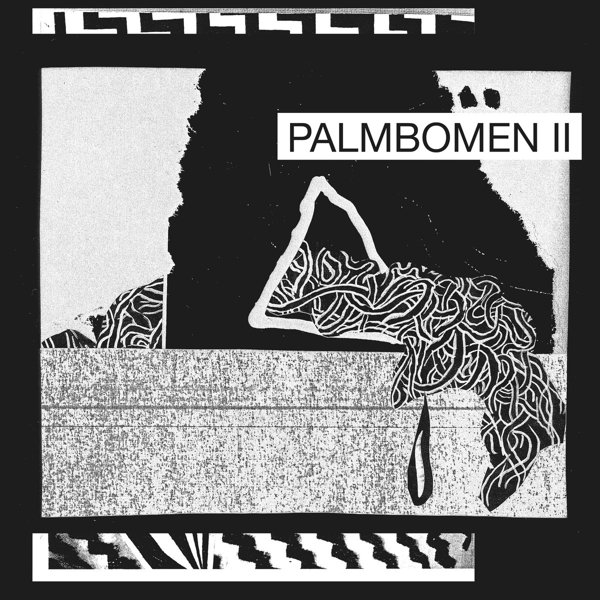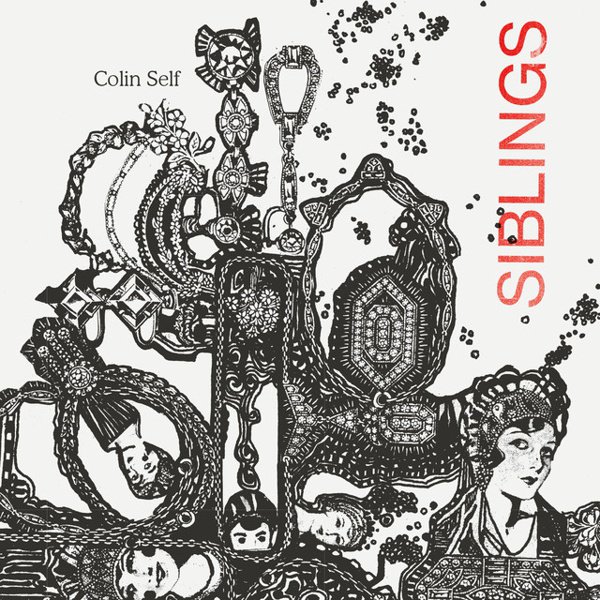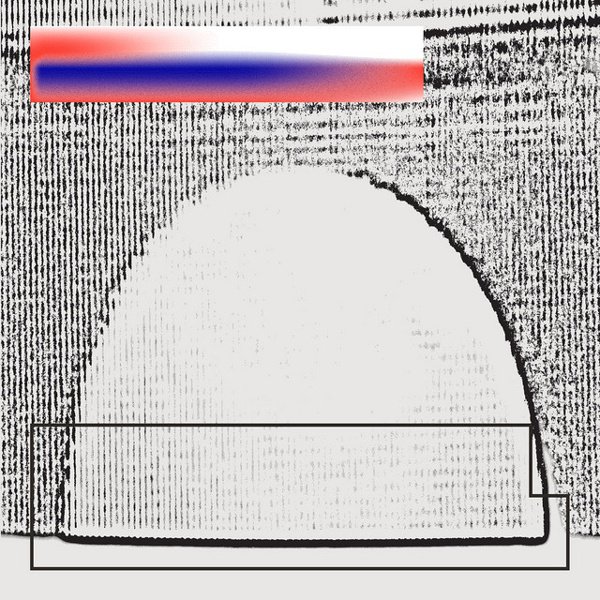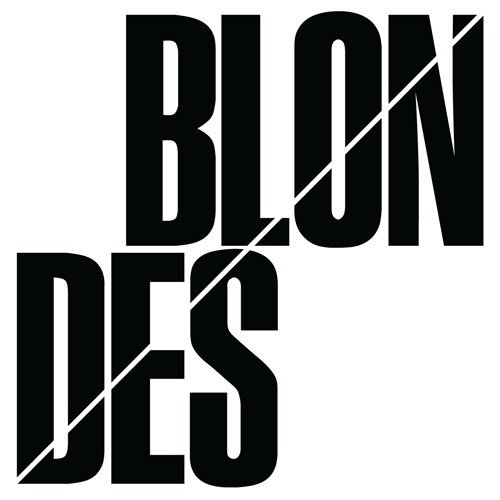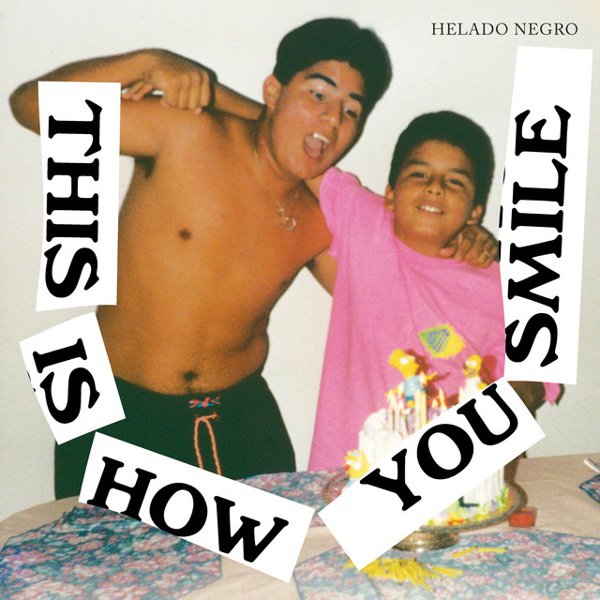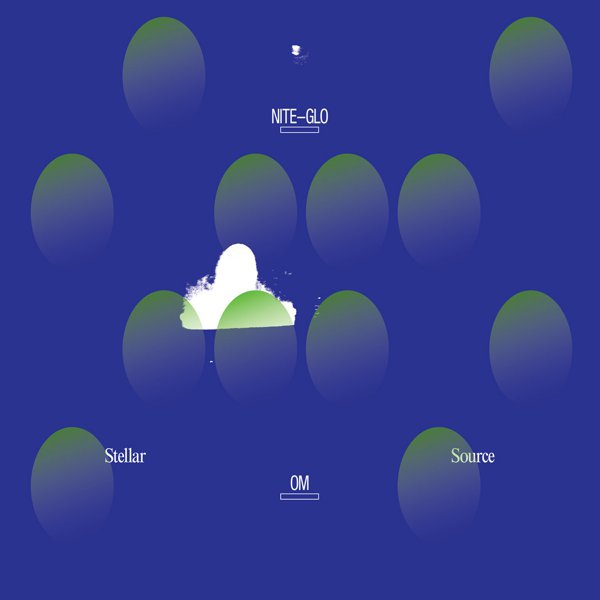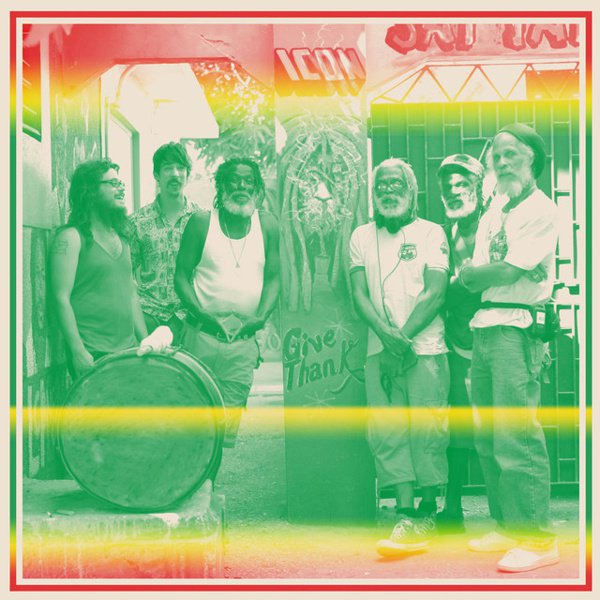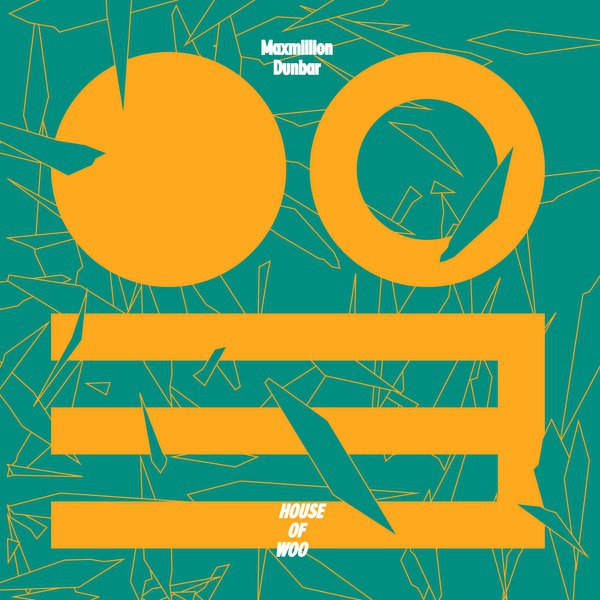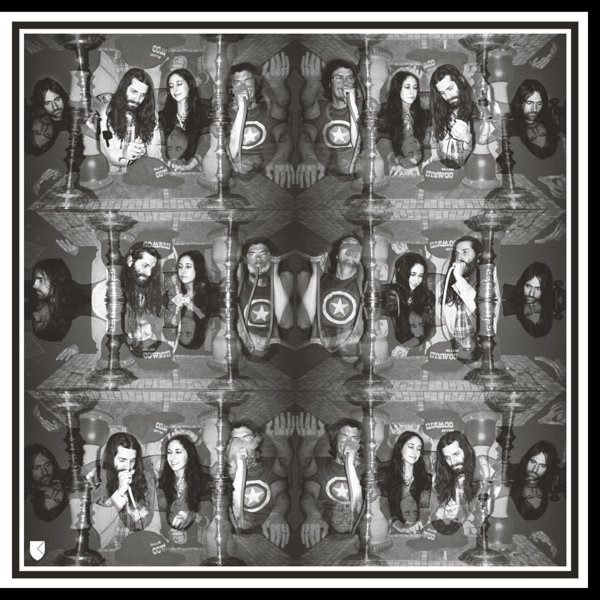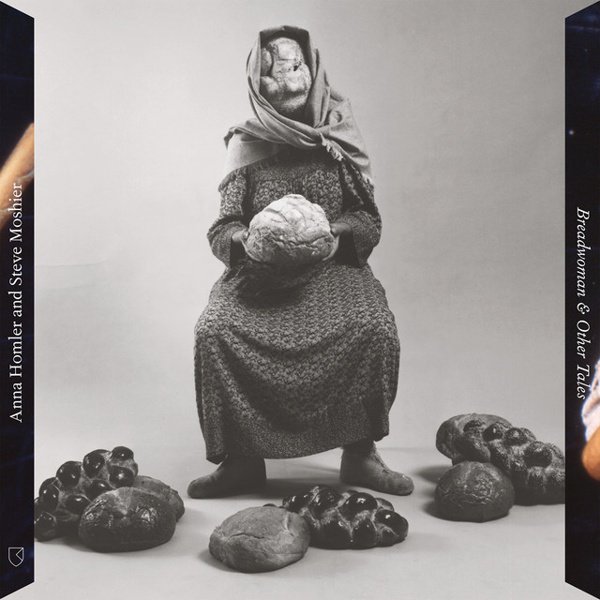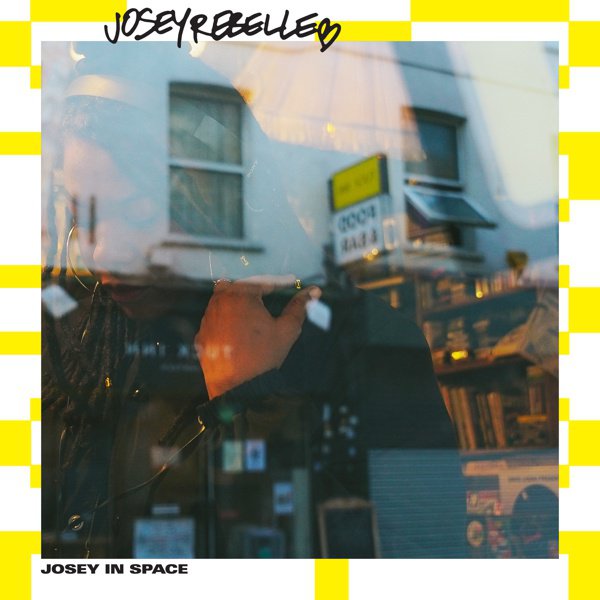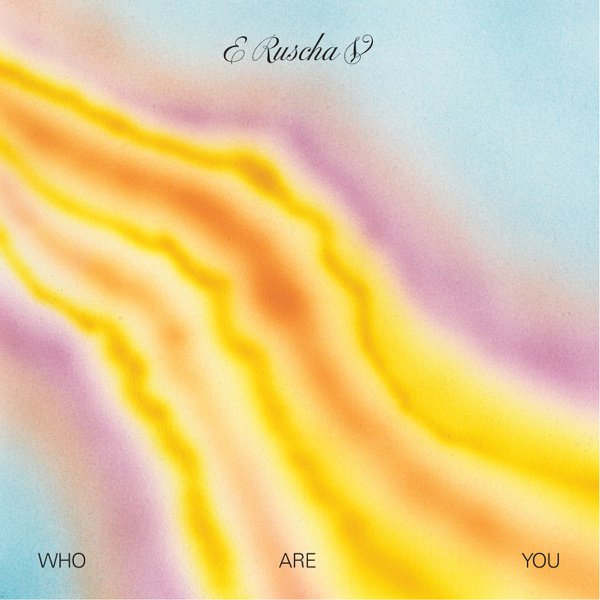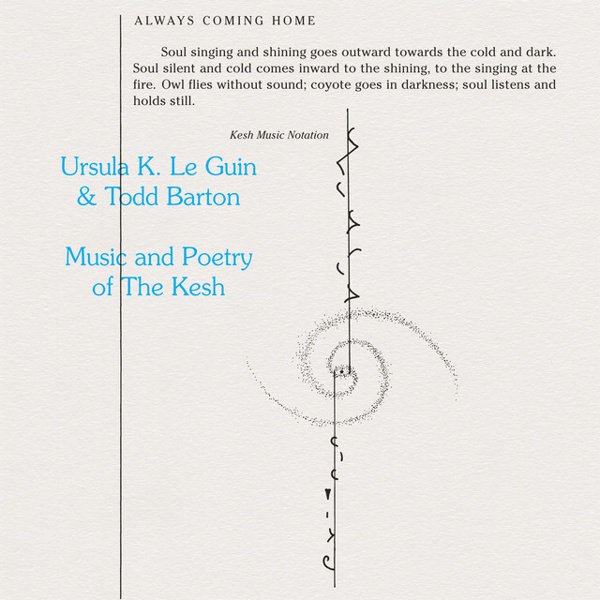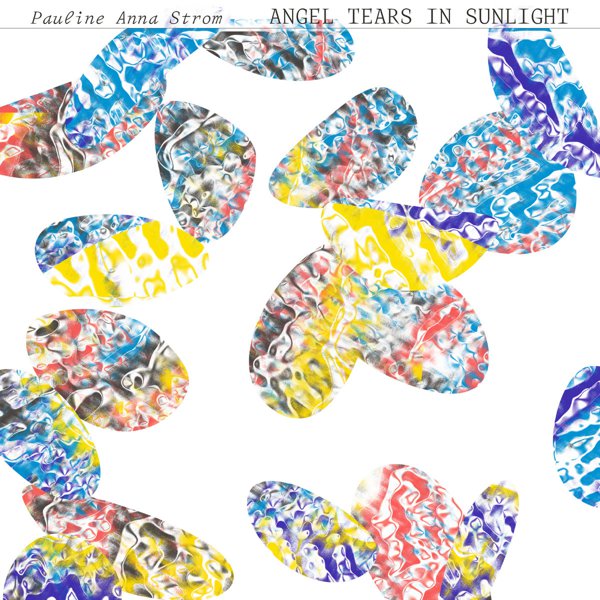Some labels have an aesthetic so distinct that if they release something incongruous, you find yourself bending it in your mind to try and fit in. Not so much NYC’s RVNG Intl., though. Like, there is an aesthetic, but you’ll struggle to put your finger on it. Just like with their relationship with design studio Will Work For Food since the mid 00s, in fact: while there are distinct series that repeat motifs in their sleeves, if you put the whole stack of the record covers side by side the diversity is the most striking thing… yet they all work together. They make sense. Because RVNG has something even more important than an aesthetic: it has a personality.
It’s a personality which could only have come about in a particular milieu and era, and one that has grown in the most organic possible way. The label couldn’t be more of a product of its environment and connections if it tried. It’s almost like it grew up out of the ground of post-millennium Brooklyn, with Matt Werth not so much founding it or managing it as tending and watering it, surrounding it with sympathetic species, protecting it when it was small and vulnerable, and only when it was ready letting it bear fruit.
For its first six years, in fact, RVNG was scarcely a label – certainly not in the sense it would become one. It began in 2003 as a DJ mix series, in the interzone between the tail end of electroclash and the postpunk revival that notably fuelled the DFA Recordings label around the same time. But those mixes had exquisite taste, bringing Roxy Music, Prince offshoots and Butthole Surfers into the mix, and – particularly when one Tim Sweeney, presenter of the Beats In Space radio show on WNYU, got involved – a healthy dose of techno.
These were then joined in 2006 by a sequence of edit 12”s, with the absolute cream of left field DJ talent – Mock & Toof and Greg Wilson from England, Norway’s Todd Terje, Switzerland’s In Flagranti, Frenchman Pilooski, Brooklyn’s own Jacques Renault, LA’s Lovefingers, JD Twitch from Scotland’s Optimo, and Sweeney again – cutting up soft rock, psychedelia and disco into new, DJ-able forms. Already, there wasn’t exactly an aesthetic as such, but there were connections being made: between maverick individuals with peculiar but very particular tastes, between sounds, between subcultures on and off the dancefloor, between decades, between continents.
This was the era of everything seeming suddenly very available. Broadband internet, file sharing, the blog era and desktop editing software still felt new, and record collecting culture was getting turbocharged as it became possible to hear huge caches of Vietnamese rock or brand new grime instrumentals or Yugoslav industrial or Memphis rap in short order. For many this was seen as cultural glut, and reactions were varied. In clumsier hands this led to the garish collisions of “mashups” and nu rave, but for impassioned pattern-recognisers like Werth and the constellation of DJ friends who created RVNG’s initial collages, the opening floodgates were a challenge to relish.
Those initial collages weren’t just fun join-the-dots exercises, or passing disco fun, either. They became a foundation, a system of roots, for the growing idea of RVNG. This meant that when RVNG began putting out music, it had a map: a crazed, scrawled-on-a-wall-at-5am kind of a map perhaps, but a map nonetheless, that could help make each new set of connections it drew make a kind of sense. And in 2009 they started in style. Getting industrial royalty JG Thirlwell (Foetus) and Carter Tutti (aka Chris & Cosey) to remix local Brooklyn psyche synth jammers Excepter was a masterstroke: not just making musical sense but shoring up intergenerational connections that were there already, proving that subculture was folk culture.
From here on in, RVNG’s branches grew in all directions. Getting Gibby Haynes of Butthole Surfers and Detroit techno godfather Juan Atkins on the same 12” was a bold statement early in the label-proper phase, but it not only worked, but worked specifically in what it would become clear was a RVNG way. Very quickly themes appeared within the releases, but they tangled and mingled. For example, bringing early cosmic synth / new age pioneers like French underground legend Ariel Kalma, Canadians Syrinx, Floridian Craig Leon and Californians Suzanne Ciani and Pauline Anna Strom to new audiences would become a key mission, but as often as not this would be done by connecting them with younger musicians – Kalma with Robert Aiki Aubrey Lowe, Ciani with Kaitlyn Aurelia Smith – or remaking old works, as with Leon’s Anthology of Interplanetary Folk Music, Vol. 2: The Canon.
And very quickly it became clear, too, that this was far from just being about mining and collaging the past. For every old or old-sounding electronic record, there’d be a Visible Cloaks or Holly Herndon, working at the bleeding edge of synthesis. Post-classical composer/performers (Oliver Coates, Bing & Ruth) could sit next to woozy singer songwriters (Helado Negro, Dylan Moon), crunchy acid house (Stellar Om Source) next to high camp prog-rock glitch-pop fantasy opera (Colin Self) – and make sense. From 2010, Sweeney formed a Beats In Space label under RVNG’s aegis, specialising in 12”s but also expanding outwards. Long relationships would be built, but also journeymen and women (Coates, Helado Negro, Julia Holter) could come onto the label as part of an evolving career and maybe stay, maybe not. All of these things added up to the huge, ever-growing personality that is RVNG Intl.
In a sense, though, it is still the label it was from that first CDR. Werth has nurtured the sense that playful accident and deadly serious scholarly connections can not just coexist but synergise, as has Sweeney with BiS. They are still having fun with bringing deep threads out of the past and making them current, with preposterous juxtapositions that work because it’s them doing it and because they’ve set a precedent of those juxtaposition ions working.
RVNG has become its own map, of the 21st century, but with strange portals in it into the last century and out into other dimensions – a crazed map still, but a useful one in understanding the ever proliferating ways that we can navigate strange and hidden information pathways. And it has become a library of really wild music. Attempting a full survey of everything they’ve achieved now would drive anyone off the rails, but the joy is you can dive in anywhere and know that there are great, real, edifying connections to follow. It’s always good to have a guide that’s got plenty of personality, especially when the going gets weird.


